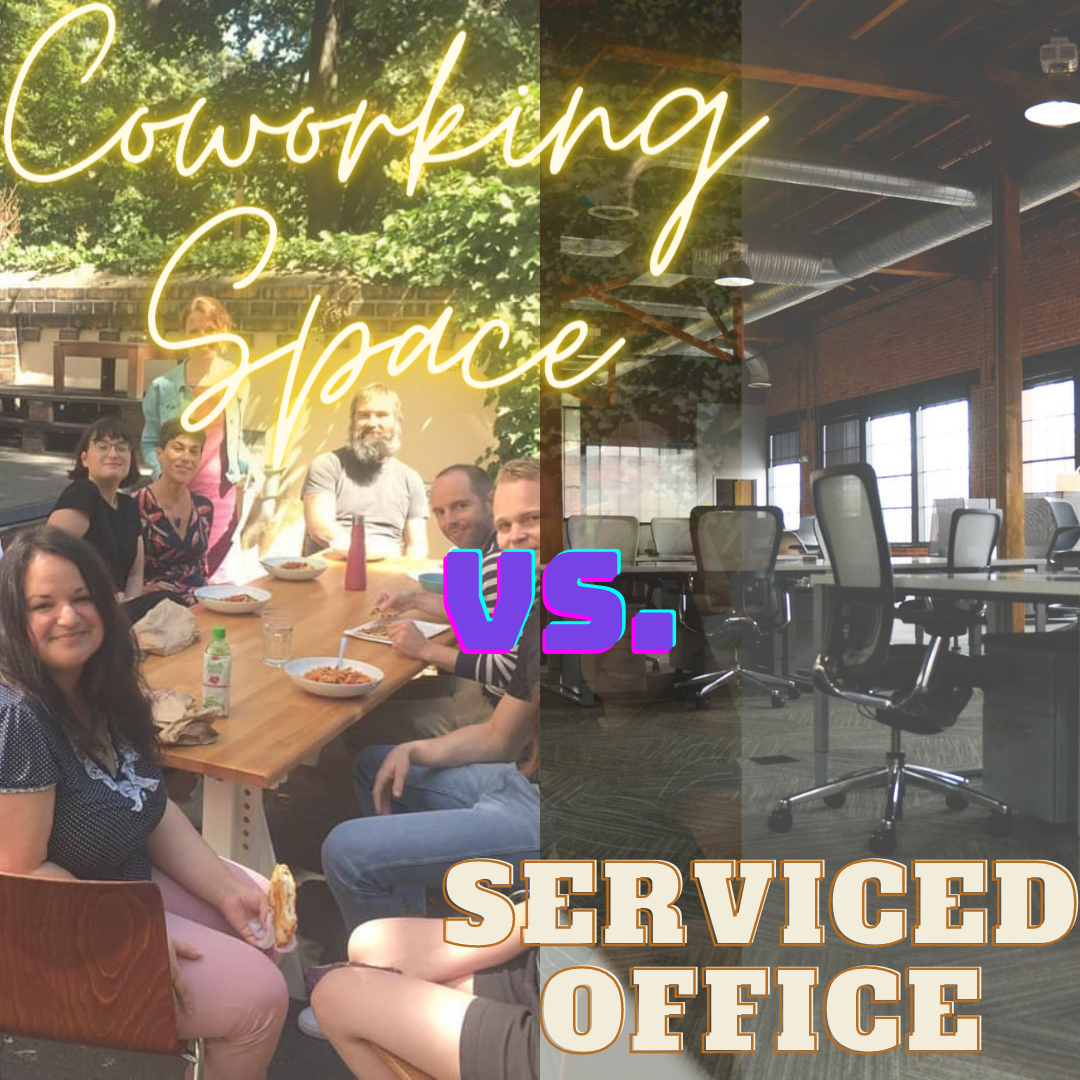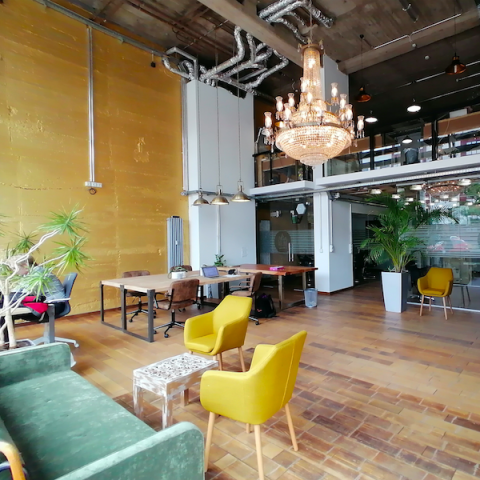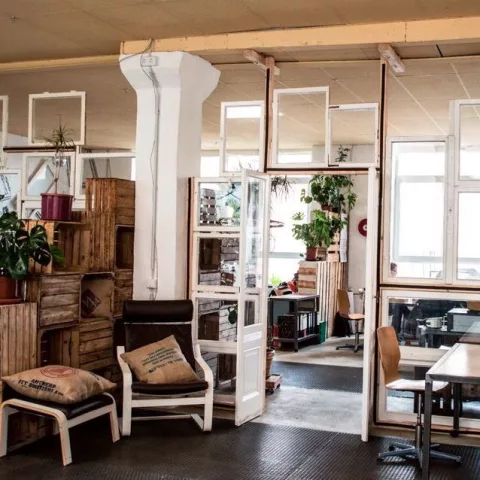John Neilan, 6 August 2021

I recently had an epiphany. I had been wracking my brains trying to suitably describe how coworking spaces (I would categorise tuesday as a coworking space) differ to the larger serviced offices (like WeWork, Spaces, Design Offices, etc.).
So here it is. Ready? At its pithy best, a (good) coworking space is one where the members empty the dishwasher.
Of course, there are other massive differences, but I find that kind of sums it up in a nice, easy-to-swallow nutshell (please don’t swallow nutshells).
It’s just an idea, and perhaps off-putting for some, but hear me out. You’re essentially talking about a shared apartment, only you work from there… and you have 150 housemates. That might sound like a nightmare to some, but that is what gives many that emotional yet casual connection to a space, while still providing a productive working environment. Think about it, wouldn’t you prefer to work somewhere where those around you cared about those around them and thought of it as their coworking space, rather than just the space where they cowork?
I’m not too sure how easily that mental shift might be achieved at a serviced office, where staff are plentiful and the clean-up team is raring to go after every little klecks it finds. I find that level of perfection stifling if I’m honest. How can brains get their creative juices flowing in work environments where everything is so fine-tuned that there is no room for a table at anything but that perfect right angle?
So here, at the risk of starting a war, is my list of what differentiates a coworking space in its original sense from “coworking spaces” as re-imagined by the corporates (serviced offices):
Independent Coworking Spaces vs. Serviced Offices
| almost everything works | everything always works, usually |
| members look out for each other | paid staff look out for members |
| the owner is regularly on-site | the owner lives in London and no-one has ever seen them |
| members say hello to each other | paid staff say hello to you |
| members have more of an emotional connection to their space | members are not invested in the space |
| … are usually affordable | … are generally expensive |
| … are community-oriented | … try their hardest to be community-oriented |
There you have it. Don’t agree? Or maybe you have more items for the list? Get in touch!




